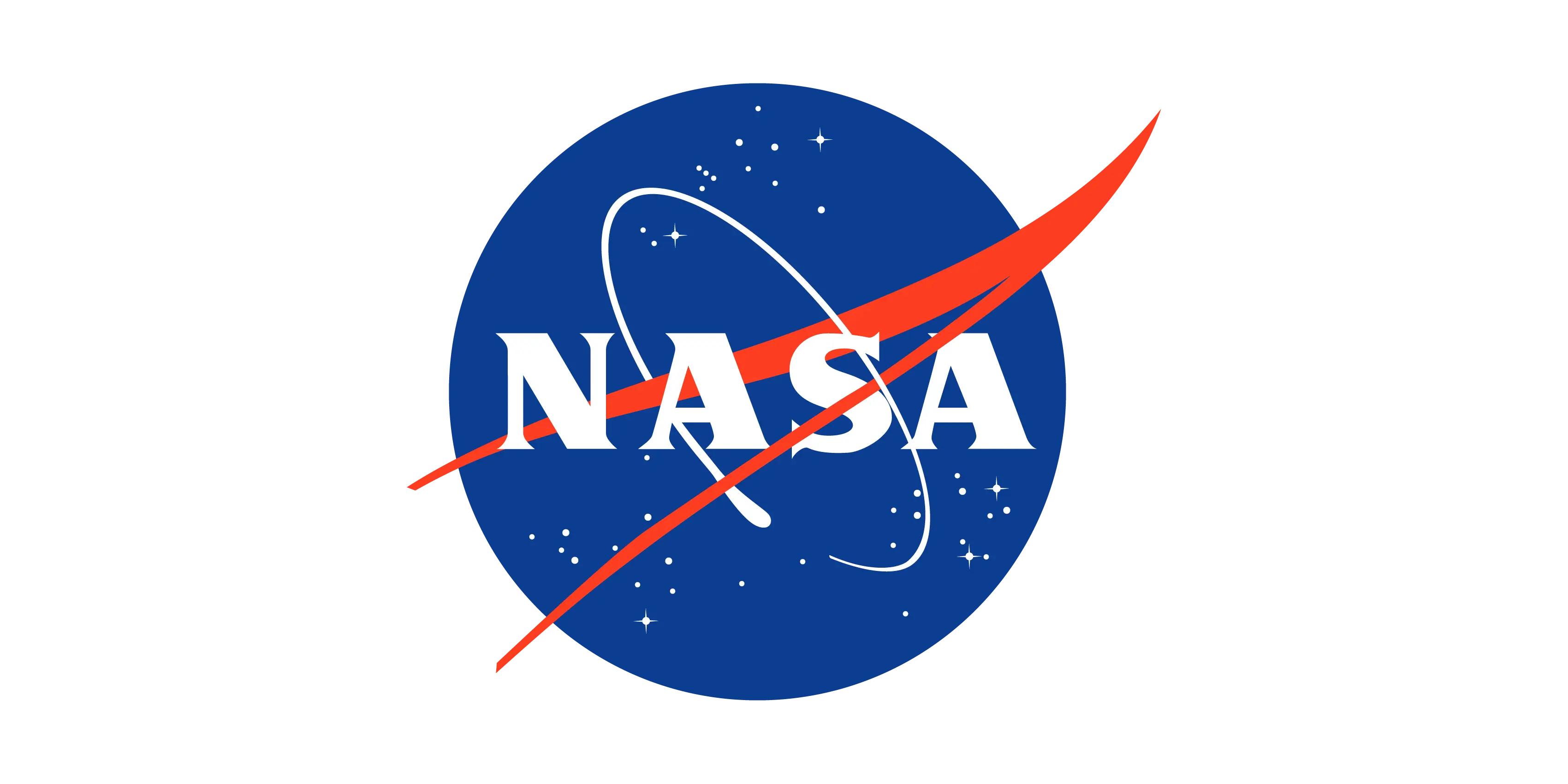Zarr Adopters
💡 If you're using Zarr in any way and would like to be added on this page, please drop your logo and blurb here.
Thanks to the amazing community, Zarr is widely adopted and used by these groups. Here are the logos (in alphabetical order):
→ Zarr is used by CarbonPlan as a storage format for analysis and visualization of climate data.→ Zarr is currently used by DANDI for lightsheet microscopy and some ex vivo MRI datasets, and is being considered as a backend for Neurodata Without Borders (NWB) neurophysiology datasets.
→ Google Research has released a number of open source projects for working with Zarr data (including Neuroglancer, TensorStore, Xarray-Beam, and Xarray-TensorStore) and uses Zarr for distributing large-scale weather datasets.
→ Zarr is used extensively within Janelia Research Campus for efficiently storing and accessing large imaging datasets
→ Zarr is used by the LEAP Project (Learning the Earth with Artificial Intelligence and Physics) at Columbia University as the data format for the LEAP-Pangeo data library. LEAP researchers use Zarr to perform data analytics and machine learning for climate modeling.
→ Zarr is used by the Microsoft Planetary Computer as a cloud-native storage format for chunked, N-dimensional arrays of geospatial data.
→ Zarr is used by NASA as an analysis-ready data store for chunked, N-dimensional arrays of geospatial data.
→ The Open Microscopy Environment (OME) community is developing a format, OME-Zarr, using Zarr to store large, n-dimensional biological images as part of the Next-generation file format (NGFF) effort." OME logo used by permission, trademarked Glencoe Software, Inc.
→ Zarr is used extensively within the Pangeo Project as a cloud native storage format for ocean, weather, climate, and geospatial data.
→ scalable minds uses Zarr to store and process peta-scale 3D images of brain tissue for Connectomics analyses.
→ Unidata is developing its netCDF libaries to support Zarr datasets amongst the atmospheric and geoscientific community.
→ WEBKNOSSOS is a web-based platform for visualizing, collaboratively annotating and sharing large 3D images. Zarr is used for accessing remotely stored images as well as securely streaming annotation data to client applications.








